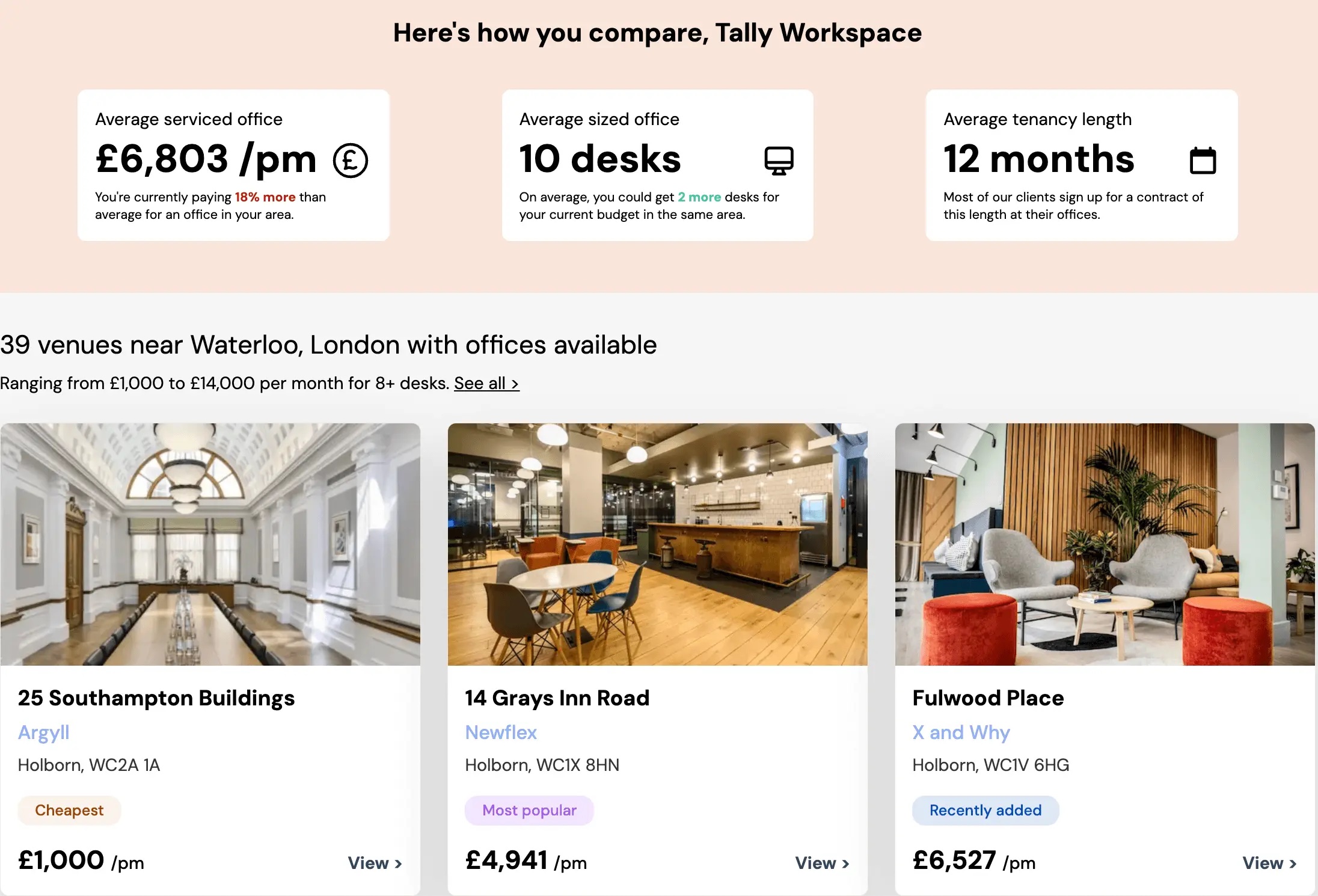Whilst remote working is often associated with working from home, the actual definition of remote working refers to employees conducting their role away from the employer's premises.
Therefore, a hybrid working model is a way of working that splits an employee's time between the office, and remote premises such as a local coworking venue, cafe, home, or anywhere they believe they work best.
When did hybrid working gain popularity?
Dan Bladen, CEO of Kadence, explains it as a two-phase evolution.
This phase demonstrated that employees can be productive from anywhere, even if this behaviour shift was a compulsory transition.
While few look back on the pandemic era without stress, it highlighted that employees can work effectively from home and when the period came to an end, employees wanted to retain some of the flexibility that hybrid working offered.
Equally, for the first time ever, employees began to question whether an office that facilitates 100% of the workforce five days a week was necessary.
Even some of the world's largest companies are reconsidering their office space.
Banking giant HSBC have announced they will be moving out of their UK headquarters to a considerably smaller office in 2027 when their lease expires.

What does a hybrid working policy typically look like?
These guidelines are bespoke to a company's hybrid work policy and will differ based on your company culture and how you like to collaborate.
Some companies may require office attendance on certain days of the week, whereas others are open to employees attending on any day as long as they meet the required number of office days per week.
- Choose to work remotely for part of the week
- Work from the office or another group space for part of the week (e.g., 2 or 3 days)
- Be required in the office on one set day, like every Wednesday
- Work remotely for extended periods, such as overseas
- Have flexibility in their working hours, such as starting an hour early and finishing an hour early
As we're a small team, it's important to be together at least twice a week to catch up, collaborate and discuss what we're working on as a team (and go for the occasional after-work Thursday drink!)

Am I only allowed in the office on my designated days?
Many people prefer the office environment, so if you'd like to come in on additional days, this is usually accommodated under a hybrid working policy.
If you are attending the office outside of your designated days, be mindful that not all coworkers will be present in the office, so remember to schedule in-person meetings on your designated office days.
If you're unsure about the type of office space arrangement your company has or if you're allowed to work from the office beyond your scheduled days, we'd recommend speaking to your manager, HR department, or office manager for clarification.
What is the average number of days required in the office under a hybrid work policy?
When designing hybrid work guidelines for your team, or applying for a hybrid job role, the following factors should be considered:
What to consider as an employer designing a hybrid work policy
If your team works autonomously (perhaps you're a team of developers who need deep focus time) a company culture that leans more towards remote work could suit you well.
On the other hand, if you're a team that needs to brainstorm creative campaigns, you may find 2 or 3 days in the office to be optimal, as in-person brainstorming with a whiteboard works much better than online.
Listen to your employees and how they like to work and design a policy that will allow them to do their best work.
The best hybrid working model you can implement is the one that works the best for your team.

What to consider as an employee finding a hybrid role
Focus your job search on companies offering a hybrid work policy that aligns with your needs.
It's typically welcomed to increase your time in the office, but be aware that many companies outline hybrid work policies in employment contracts.
If your contract specifies a certain number of office days and you consistently don't meet this requirement, you could be breaching your contract.
That's not to say there isn't some scope for flexibility, but be sure to raise this with your manager and seek approval first.
What are the benefits of hybrid working?
Hybrid working opens up the worldwide talent pool
Requiring employees to be in the office five days a week historically imposed geographical constraints on recruitment, as a two-hour daily commute would amount to ten extra hours out of your schedule a week — that's more than an entire workday extra.
If an employee now attends the office twice a week, that's 133 hours saved on travelling each year.
When you no longer have limitations on where you can hire or be recruited from, companies can focus on hiring top talent and employees are opened up to new opportunities and new companies outside their home city.
Given London's status as the UK epicentre of startups, this expands start-up opportunities for employees beyond those who reside in London full-time.
Improved employee happiness and productivity
According to a survey conducted by CBRE with over 20,000 participants, 40-50% of respondents noted that the flexibility offered by hybrid work policies resulted in better work-life balance and increased levels of job satisfaction.
When employees feel aligned in their work-life balance and content in their roles, this naturally leads to heightened productivity and happy, motivated employees.
This clear mutual benefit is a major reason why hybrid working policies are becoming a permanent fixture in the modern workplace.
Reduced office costs
While the idea of an empty building may concern operations teams, there's plenty of opportunity to reduce your office costs.
With a hybrid working policy, the total number of employees attending the office each day will typically be split across the entire week.
Therefore, a 50-person company may only require 20 desks on any given day.
This presents an opportunity to downsize your office and save on office costs.

Hybrid work provides more flexibility
Families with two parents who were commuting may suddenly have an additional four hours a day available to look after their children.
"Hybrid-first signals to the team that you’re trusting them to set their work routines up in a way that works for them" Ben Gateley, CEO of CharlieHR
What are the negatives of a hybrid working?
Hybrid working disproportionately affects employees without a sufficient home office setup
Whilst most people support hybrid working, it’s those in more junior roles and less well-paid roles that will suffer on account of this.
The survey also highlighted a direct correlation between how good a worker's home setup is and how much they want to return to the office.
What if an employee doesn’t have space to create a home workspace, or if you live in a noisy flat?
Nobody wants to feel distracted on a Zoom call.
When you onboard a new employee ask what equipment the employee needs to work from home, such as a monitor, keyboard, ergonomic chair or a desk.
Whilst this is a positive first step, this is not a long-term solution for those who do not have an appropriate space to work.
To omit this, offer your employees access to some form of workspace every day of the week to ensure your hybrid team is supported and empowered to work in a way that suits them best.
Hybrid Working Case Study: Juro
Juro is the contract automation platform that empowers legal and business teams to streamline routine contract workflow in one unified workspace.
Whilst people were allowed to work remotely, there was no policy to formally support this.
We supported individuals with home working budgets.
We recognise that everyone is different and people work differently.
We aim to embrace flexible ways of working whilst also allowing us to plan our office space.
Now, we're offering team members three options:
- Choice first: Staff commit to coming into the office 3 days per week and have a dedicated desk
- Flexible first: Staff have no dedicated office desk and are expected to come into the office 2-3 days per week
- Remote first: The employee will principally work somewhere else
“People ultimately need to know themselves and where they do their best work. You can work from anywhere as long as you are productive and working in line with our core values” — Thomas Forstner, Head of People and Talent, Juro



